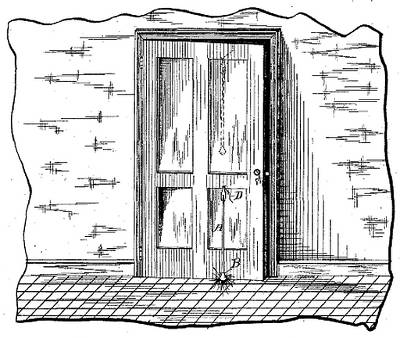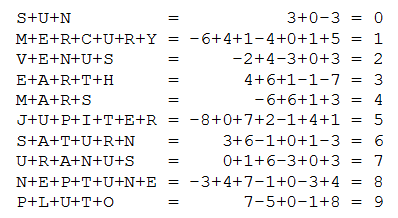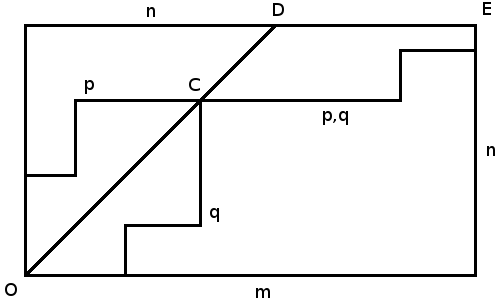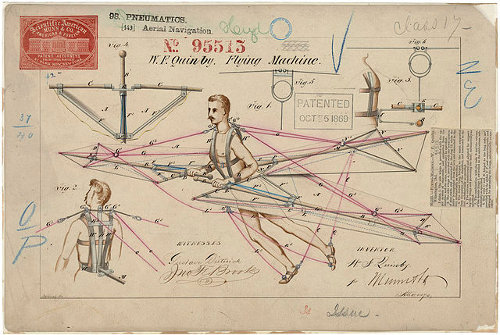In 1856 Samuel Hoshour reflected that students might learn new words more easily if they were presented in context rather than in long gray lists of definitions. The result was Letters to Squire Pedant, an imaginary correspondence salted with ten-dollar vocabulary words:
Dear Sir, At my decession from you; your final alloquy, and concinnous deport laid me under a reasonable obstriction to impart to you, a pantography of the occidental domain upon which I had placed my ophthalmic organs. I now merge my plumous implement of chirography into the atramental fluid, to exonerate myself of that obstriction. From my earliest juvenility, I possessed an indomitable proclivity to lead those that are given to the lection of my lucubrations, to the inception of occurrences. And it would be a dilucid evagation from my accustomary route, would I not now insist upon a regression of your mind to the locality where we imparted mutual valedictions.
Unfortunately, he gets a bit carried away. “Longevous Sir,” begins Letter IV, “The day sequacious to the vesper on which I effectuated in a certain cabaret an exsiccation of my habiliments by torrefaction, was not very inservient to the progress of a pedestrious emigrant.”








